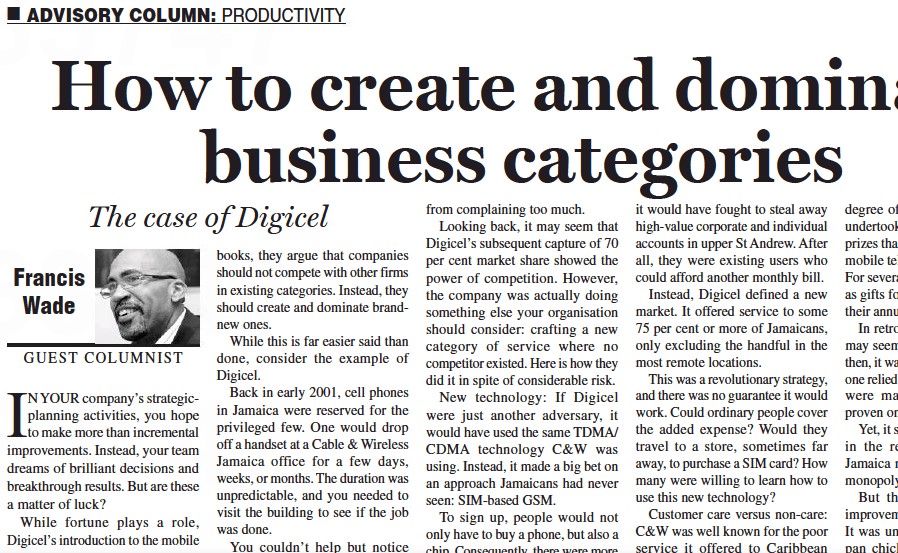You want to engage your staff around a bright, hopeful future. At some point in the past, a two-paragraph vision statement did the trick. But lately, it’s gone stagnant. What should you do to restore the inspiration it once provided? Should you change the words, or try something different?
You aren’t alone. Most companies have vague statements which sound a lot like each other. With phrases such as integrity and world-class being thrown around, you could probably swap your statement with another company’s without anyone raising a fuss.
The truth is that traditional vision statements have lost their potency, like a drug which has reached its expiry date. Today, there’s clickable inspiration available on Facebook, WhatsApp and TikTok, and your old statement just can’t compete.
But there’s a lesson here as well. In your next strategic planning retreat, you need to do more than build your vision of the future with a few flowery words. Here are some concrete steps to paint a vivid picture or end-vision employees find irresistible.
- Give Your End-Vision a Deadline
When you announce a traditional vision statement, if it has no year attached to it, folks in your audience do something interesting. Some believe it will be reached within a year, at most. Others assume 100 years. And if you leave this discrepancy in place, you force staff to eventually ignore it altogether. Why?
They see it as a farce. A con job.
And don’t complain that this wasn’t your intention. The world has changed and expectations have risen. Now, a vision statement needs a year attached to bring the kind of accountability which makes people sit up and pay attention.
If you already have a statement, but it’s “timeless”, launch a new effort. Don’t simply tag on a cool deadline. The way you picture the future must keep up with modern norms if you want it to be noticed.
- A Vision Needs to Be Both Quantitative and Qualitative
Executives often make the mistake of believing that staff are motivated by financial results the way they are. Why? Most leaders’ rise up the ranks is a function of their ability to impact the bottom-line. Consequently, when they join the C-Suite, they are fluent in a certain language: the drivers of shareholder value.
However, employees aren’t interested as much.
Instead, a vision must be described in terms that do more than benefit the wealthiest 1%. Today, staff want to make a difference in the work they do and smart leaders develop empathy for this fact.
As such, the best executives describe holistic “visions” in detail. What do they look like? For a particular target year far off in the future, both quantitative and qualitative terms are used. They include as many as 20-40 descriptors and metrics. Together, these paint a rich picture of an end-game that pulls everyone in.
- A Vision Must Include ESG Goals
At the moment, Environmental, Social and Governance (ESG) goal-setting is in its infancy. For most companies, it’s a response to investors’ complaints.
As such, organizations are adding a layer of ESG tactics on top of their profit motives.
But most of these efforts are reactive and will miss the boat completely. Why? The ESG movement is actually a revolt against short-termism.
How did it come about? By focusing only on 5-year results, corporate leaders forced organizations to be profit-driven only. As such, other factors and impacts were overlooked.
It’s an easy error to make. For example, many international companies doing business in Jamaica have ignored their surrounding communities. That is until their executives have to be airlifted and escorted from the compound in the middle of a violent strike.
But there’s a solution. Take your company through the process of developing a 15-30 year vision along with a strategy to accomplish it. This will return the balance. Why? When you plan far into the future, you are forced to consider all salient factors.
However, if you try to squeeze ESG concerns into your five-year plan, prepare for your staff to decry its stupidity. They may not complain openly. But their reaction will be to seek inspiration elsewhere, where they can find some authenticity, e.g. church or social media.
Not that this is easy. Big picture, long-term engagement is not taught in business schools.
But it can be learned and coached into existence. And it can be programmed into your business by following a sound long-term strategic planning process.
The world is approaching a time when only holistic visions, which are big, realistic and balanced, will gain respect. Investors have begun to notice and so have employees. Don’t let short-termism ruin your leadership.


